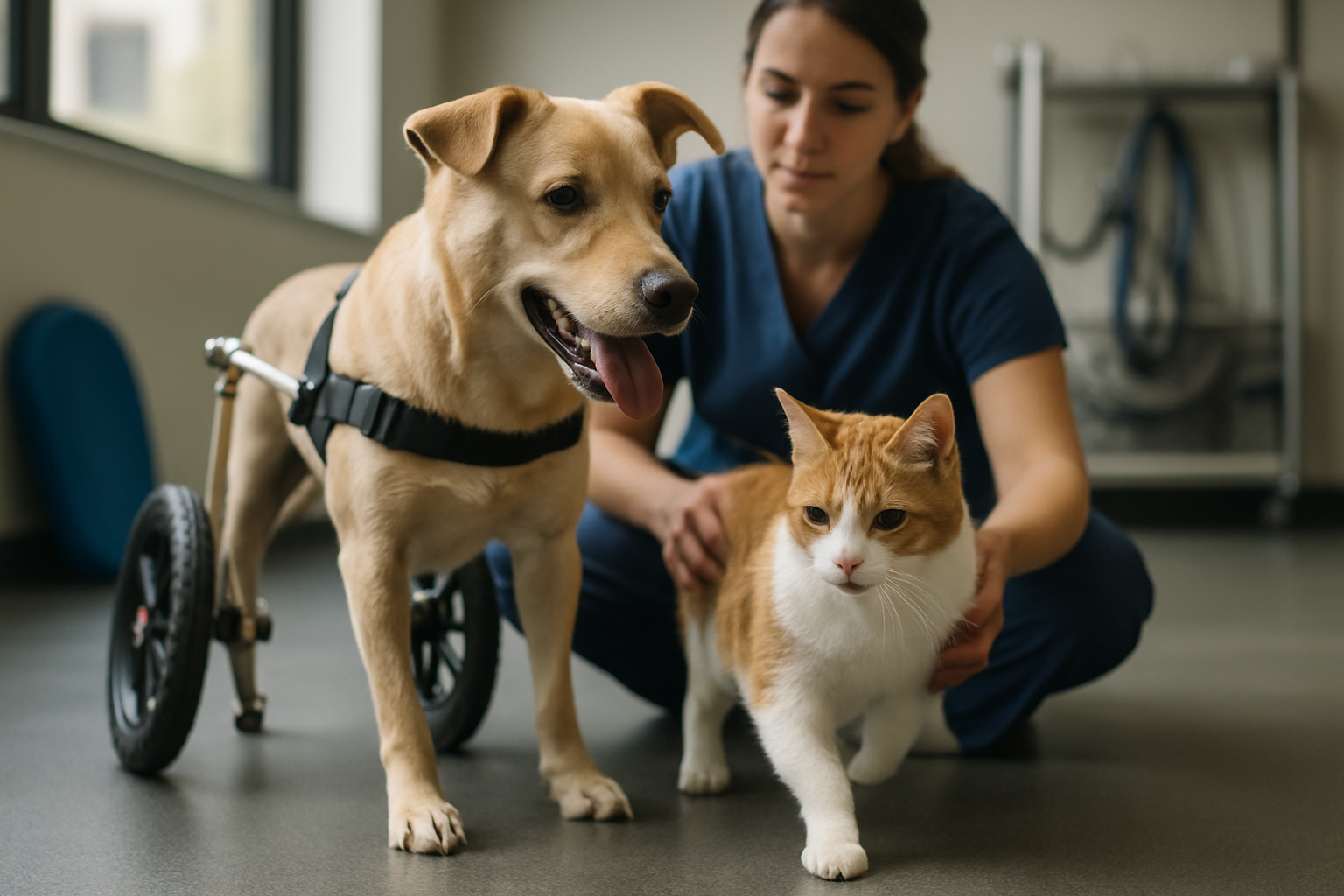2025 Pet Insurance and Pet Assistance Programs in the U.S.: An Overview
With rising veterinary costs, many seniors and low-income families face financial pressure when caring for pets. To help manage these expenses, the U.S. government and various insurance providers offer a range of low-cost pet insurance options and pet assistance programs. These programs aim to support pet health while helping households plan for veterinary costs. This article provides an overview of available resources, eligibility considerations, and how these programs can assist pet owners in making informed decisions.

The landscape of pet healthcare financing continues to evolve as more Americans recognize the importance of protecting their beloved animals from unexpected medical expenses. With veterinary costs rising annually, pet insurance and assistance programs have become essential considerations for responsible pet ownership.
Why Seniors Need Pet Insurance
Senior pet owners face unique challenges when managing veterinary expenses on fixed incomes. Older adults often develop strong emotional bonds with their pets, making difficult financial decisions about treatment even more challenging. Pet insurance provides peace of mind by covering a significant portion of unexpected medical bills, allowing seniors to focus on their pet’s wellbeing rather than financial constraints. Additionally, senior pets typically require more frequent veterinary visits and are prone to age-related conditions like arthritis, diabetes, and heart disease, making insurance coverage particularly valuable for this demographic.
Recommended Affordable Pet Insurance for Seniors
Several insurance providers offer senior-friendly policies with reasonable premiums and comprehensive coverage. Many companies provide discounts for multiple pets, military veterans, or AARP members. When selecting coverage, seniors should consider policies with lower deductibles, higher reimbursement rates, and coverage for pre-existing conditions when possible. Some providers also offer wellness plans that cover routine care like vaccinations and dental cleanings, helping spread costs throughout the year rather than facing large lump-sum payments.
Government-Supported Pet Assistance Programs
While the federal government doesn’t directly provide pet insurance, various state and local programs offer veterinary assistance to qualifying pet owners. These programs typically focus on low-income households, seniors, and disabled individuals. Some states partner with veterinary schools to provide reduced-cost services, while others work with nonprofit organizations to offer emergency medical assistance. The USDA’s Animal and Plant Health Inspection Service also supports animal welfare initiatives that indirectly benefit pet owners through improved veterinary infrastructure and disease prevention programs.
How to Apply for Pet Assistance (Step-by-Step)
Applying for pet assistance programs typically involves several straightforward steps. First, research available programs in your area by contacting local animal shelters, veterinary clinics, and social services departments. Next, gather required documentation such as proof of income, identification, and your pet’s medical records. Complete application forms thoroughly and submit them within specified deadlines. Many programs require veterinary estimates for proposed treatments, so obtain these before applying. Finally, follow up on your application status and be prepared to provide additional information if requested. Some programs operate on a first-come, first-served basis, making prompt application submission crucial.
| Provider | Coverage Type | Monthly Premium Range | Annual Deductible |
|---|---|---|---|
| Nationwide | Comprehensive | $35-$70 | $250-$500 |
| ASPCA | Accident & Illness | $25-$55 | $100-$500 |
| Petplan | Complete Coverage | $40-$80 | $200-$1000 |
| Healthy Paws | Accident & Illness | $30-$65 | $100-$500 |
| Embrace | Comprehensive | $35-$75 | $200-$1000 |
Prices, rates, or cost estimates mentioned in this article are based on the latest available information but may change over time. Independent research is advised before making financial decisions.
Frequently Asked Questions (FAQ)
Pet owners commonly ask about waiting periods, which typically range from 14 days for accidents to 14-30 days for illnesses. Pre-existing condition coverage varies significantly between providers, with some offering limited coverage after waiting periods. Age restrictions also apply, with most companies accepting pets as young as 6-8 weeks and setting maximum enrollment ages between 10-14 years depending on the species. Reimbursement methods differ as well, with some companies paying veterinarians directly while others require owners to pay upfront and submit claims for reimbursement. Understanding these details helps pet owners select appropriate coverage for their specific circumstances.
Navigating pet insurance and assistance programs requires careful consideration of individual needs, financial circumstances, and pet health requirements. By exploring available options and understanding program requirements, pet owners can make informed decisions that protect both their pets’ health and their financial stability. Regular review of coverage options ensures that policies continue meeting evolving needs as pets age and healthcare requirements change.



